Container Grown Parsnips – Learn How To Grow Parsnips In A Container
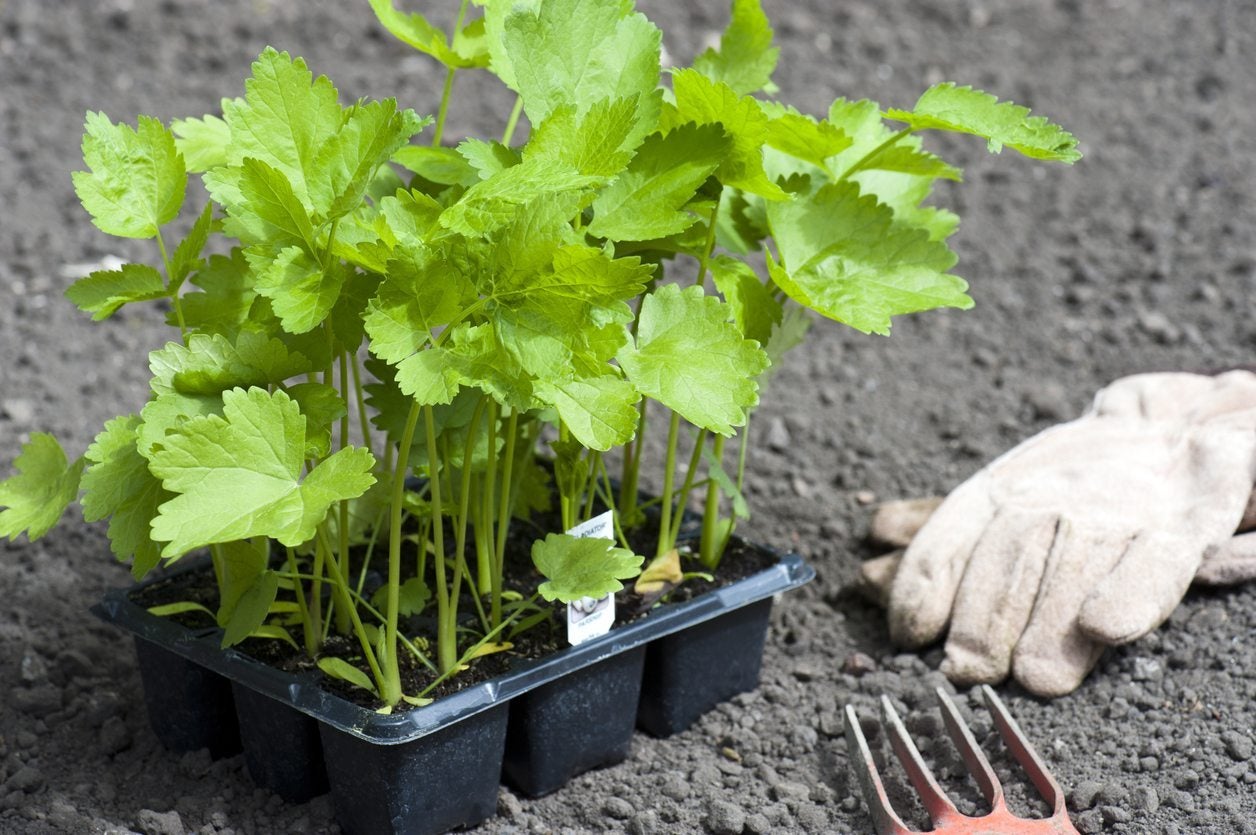
Root vegetables are making a comeback, and parsnips are high on the list. Parsnips are grown for their delicious roots and generally do best planted in a garden, but what if you don’t have a garden plot? Can you grow parsnips in pots? Keep reading to find out how to grow parsnips in a container and other useful tips for growing parsnips in containers.
Can You Grow Parsnips in Pots?
Generally speaking, almost anything can be container grown. I say almost anything. In the case of container grown parsnips, a few criteria need to be met. After all, since the plant is grown for its long roots, it would seem you would need an awfully deep pot. Parsnip roots can grow from 8 to 12 inches (20-31 cm.) in length and 1 ½ to 2 inches (4-5 cm.) across. Therefore, containers for parsnips should be about two to three times the length of the mature parsnip. Provided you have a deep enough pot, growing parsnips in containers is worth a try.
How to Grow Parsnips in Containers
Parsnips are started from seed, and the newer the seed the better since parsnip seed loses its viability quickly. Note – you can also use purchased transplants if you find them or start the seeds first and move them to a pot once large enough. Select a pot for container grown parsnips that is plenty deep, at least 2 feet (61 cm.) deep, though 3 (91 cm.) would be better, to accommodate the long root. Be sure that the pot has adequate drainage holes. Fill containers for parsnips with well-draining, compost-rich soil. Sow seeds to a depth of ½ inch (1 cm.) and lightly cover with soil. Parsnips don’t germinate very well, so seed thickly with at least two to three seeds per inch (2.5 cm.) to get a good stand. Dampen the soil and keep it moist, not drenched. Be patient. Parsnips are slow to germinate. It can take up to 34 weeks from seed to harvest. Once the seedlings are up, thin the parsnips to 2 to 4 (5-10 cm.) inches apart. Keep your container grown parsnips damp, not wet. Parsnips sweeten up nicely when they have been exposed to a couple of weeks of freezing temperatures in the fall. However, those grown in pots will be far more susceptible to actually freezing and then rotting, so lay a good thick layer of organic mulch around the plants to protect them from freezing and retain moisture.
Gardening tips, videos, info and more delivered right to your inbox!
Sign up for the Gardening Know How newsletter today and receive a free copy of our e-book "How to Grow Delicious Tomatoes".

Amy Grant has been gardening for 30 years and writing for 15. A professional chef and caterer, Amy's area of expertise is culinary gardening.
-
 Looking For Plants To Give You The Soft And Fuzzies? Try These 5 Fuzzy Leaf Plant Options
Looking For Plants To Give You The Soft And Fuzzies? Try These 5 Fuzzy Leaf Plant OptionsLovers of texture, drama, silver foliage and tactile plants will adore these special sensory garden additions. These fuzzy leaf plant options will leave you all aglow
By Susan Albert
-
 Get Ready For A Summer Of Hummers! Grow These Full Sun Hummingbird Plants and Flowers
Get Ready For A Summer Of Hummers! Grow These Full Sun Hummingbird Plants and FlowersIf you’re lucky enough to enjoy a sunny backyard, make sure you are maxing out on your pollinator opportunities and grow these full sun hummingbird plants and flowers
By Tonya Barnett
-
Powdery Mildew Of Parsnips – Treating Signs Of Powdery Mildew In Parsnips
Powdery mildew is a very common disease that affects a wide array of plants. Powdery mildew of parsnips can be a problem if left unchecked too. To learn more about how to manage and recognize the symptoms of powdery mildew in parsnips, click here.
By Liz Baessler
-
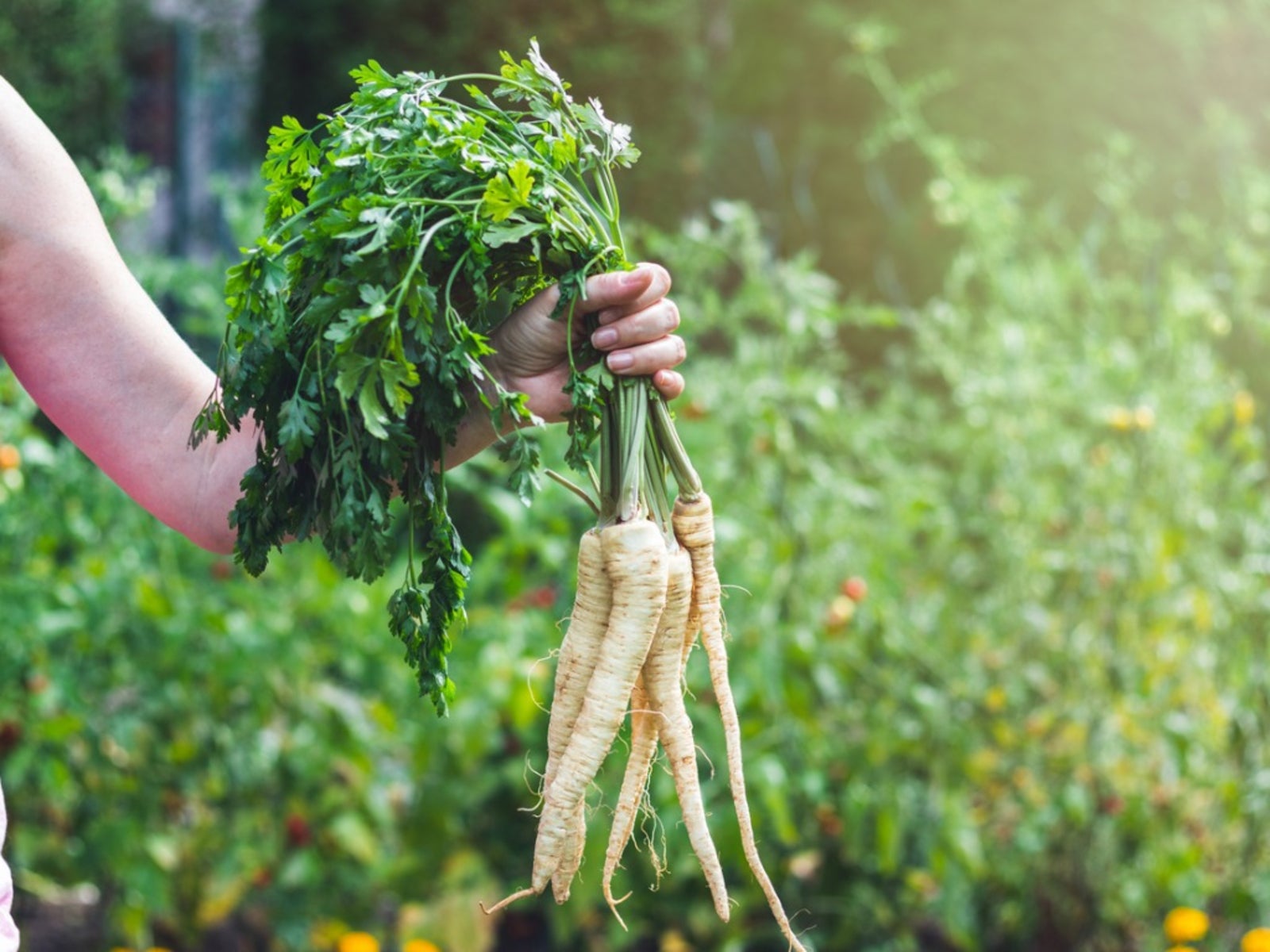 Parsnip Leaf Spot Problems – Learn About Leaf Spot On Parsnips
Parsnip Leaf Spot Problems – Learn About Leaf Spot On ParsnipsParsnips are as easy to grow as their cousin the carrot. Easy to grow they may be, but not without their share of diseases and pests. One such disease, parsnip leaf spot results in exactly what it sounds like - parsnips with spots on leaves. Learn more in this article.
By Amy Grant
-
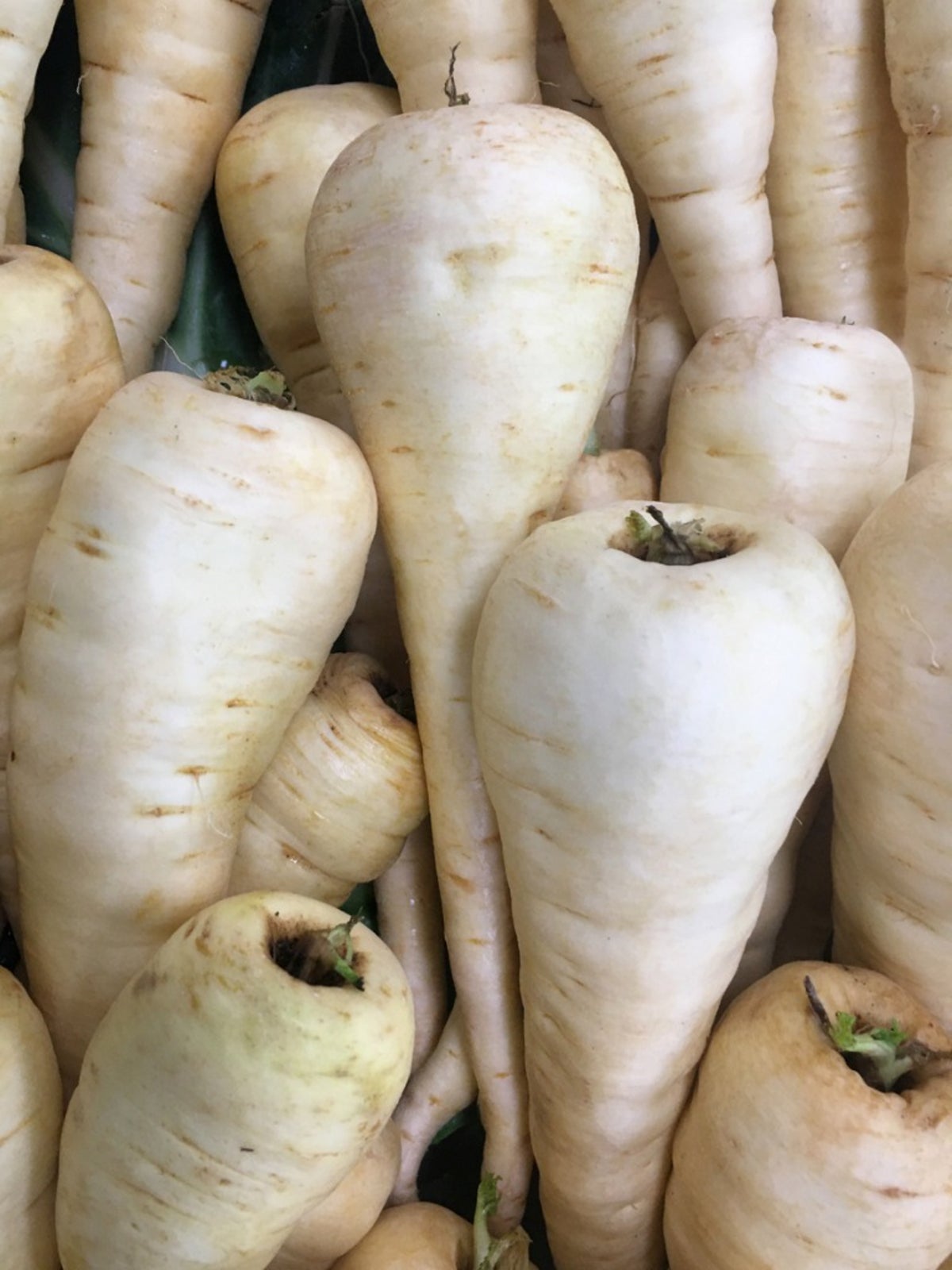 Guide To Parsnip Diseases – How To Treat Sick Parsnips In The Garden
Guide To Parsnip Diseases – How To Treat Sick Parsnips In The GardenParsnips are the often overlooked middle child of the root vegetable world, but they can be total rock stars in your garden. Just be on the lookout for these common parsnip diseases and your vegetable stand will be the envy of the neighborhood! Learn more here.
By Kristi Waterworth
-
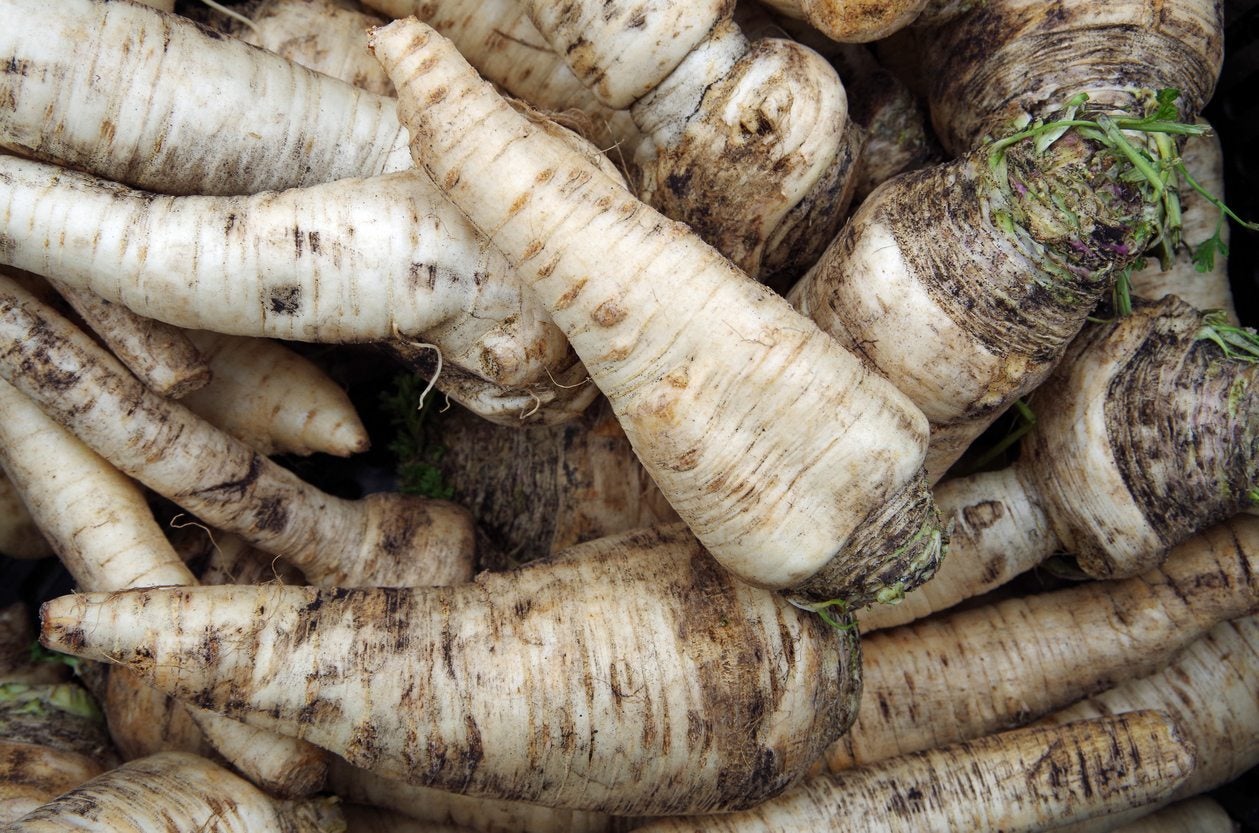 Harvesting Parsnips In Winter: How To Grow A Winter Parsnip Crop
Harvesting Parsnips In Winter: How To Grow A Winter Parsnip CropGardeners that have tried planting parsnip seeds in spring often get disappointing results. Parsnips have a reputation as being difficult to grow, mostly because gardeners plant them at the wrong time. An ideal time for many regions is winter. Learn more here.
By Darcy Larum
-
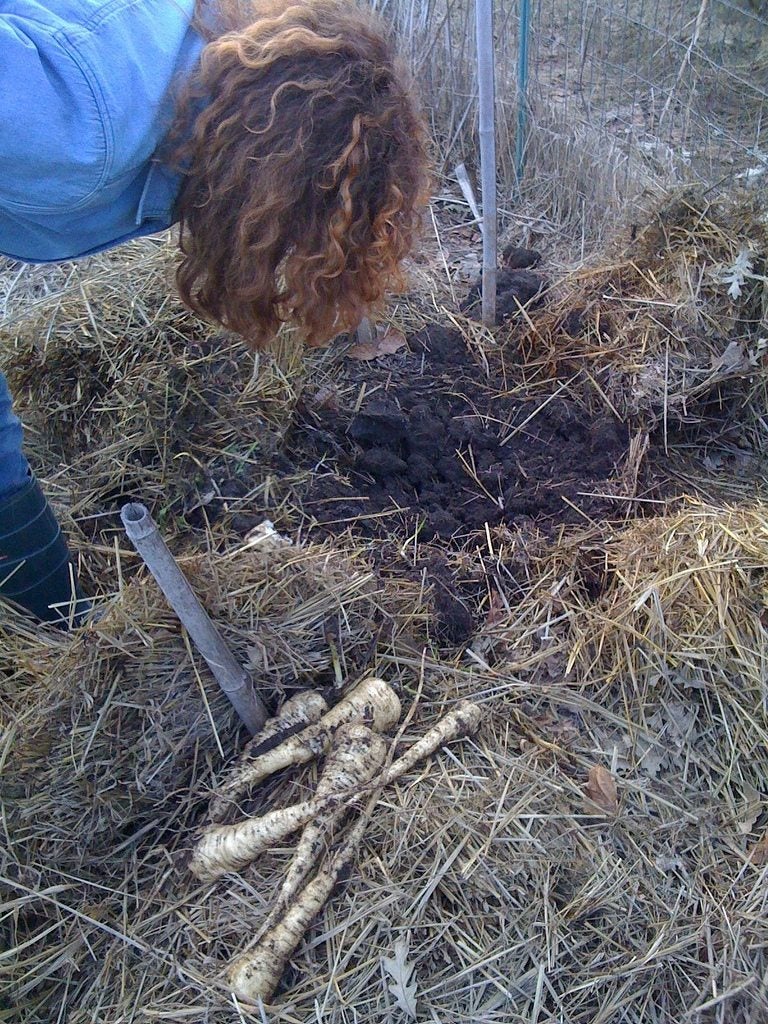 Can You Overwinter Parsnips – Tips For Parsnip Winter Care
Can You Overwinter Parsnips – Tips For Parsnip Winter CareParsnips are a cool season vegetable that actually become sweeter when exposed to several weeks of cool, frosty weather. That leads us to the question "can you overwinter parsnips." If so, how do you grow parsnips in winter? Find out in this article.
By Amy Grant
-
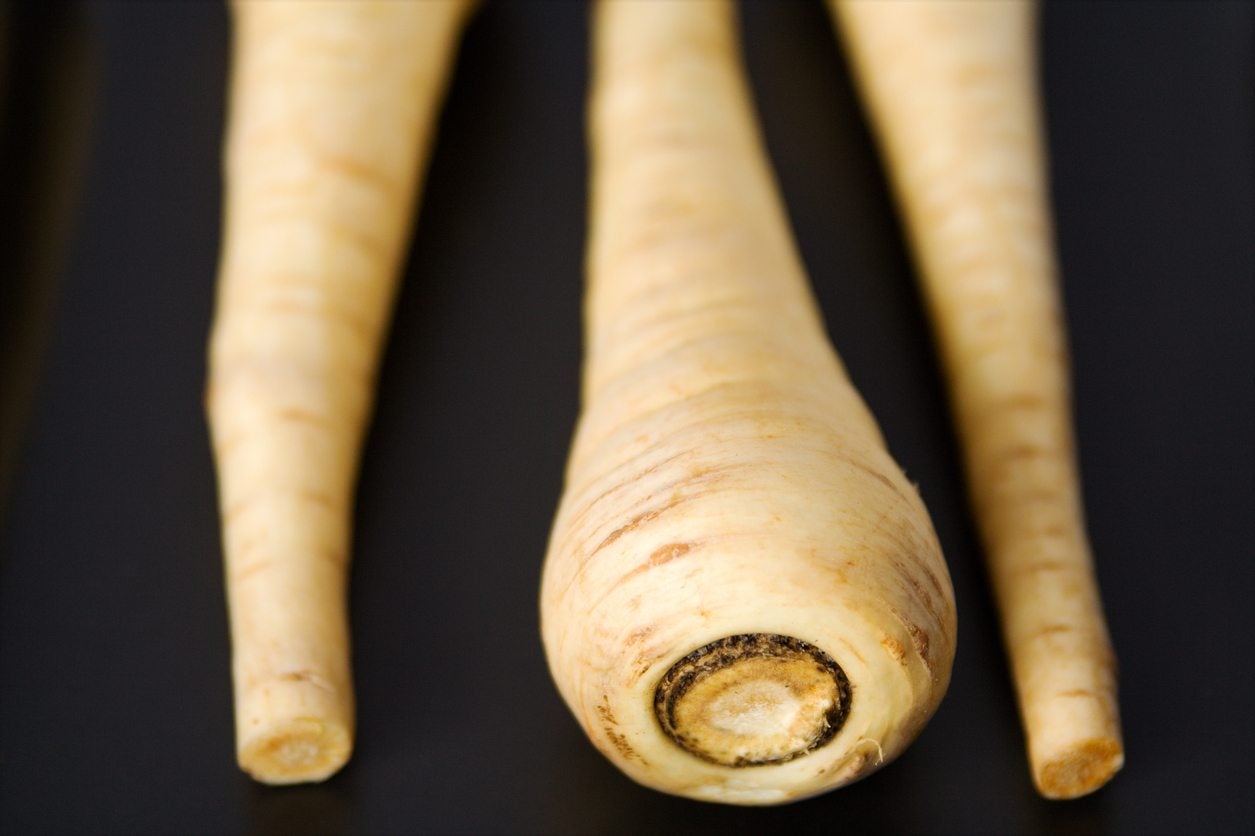 Growing Parsnips From Kitchen Scraps – Can You Regrow Parsnips From Tops
Growing Parsnips From Kitchen Scraps – Can You Regrow Parsnips From TopsYou only have to buy a vegetable once, and after you can just regrow it from its base. In the case of some vegetables, like celery, this is actually true. But what about parsnips? Do parsnips regrow after you've eaten them? Find out in this article.
By Liz Baessler
-
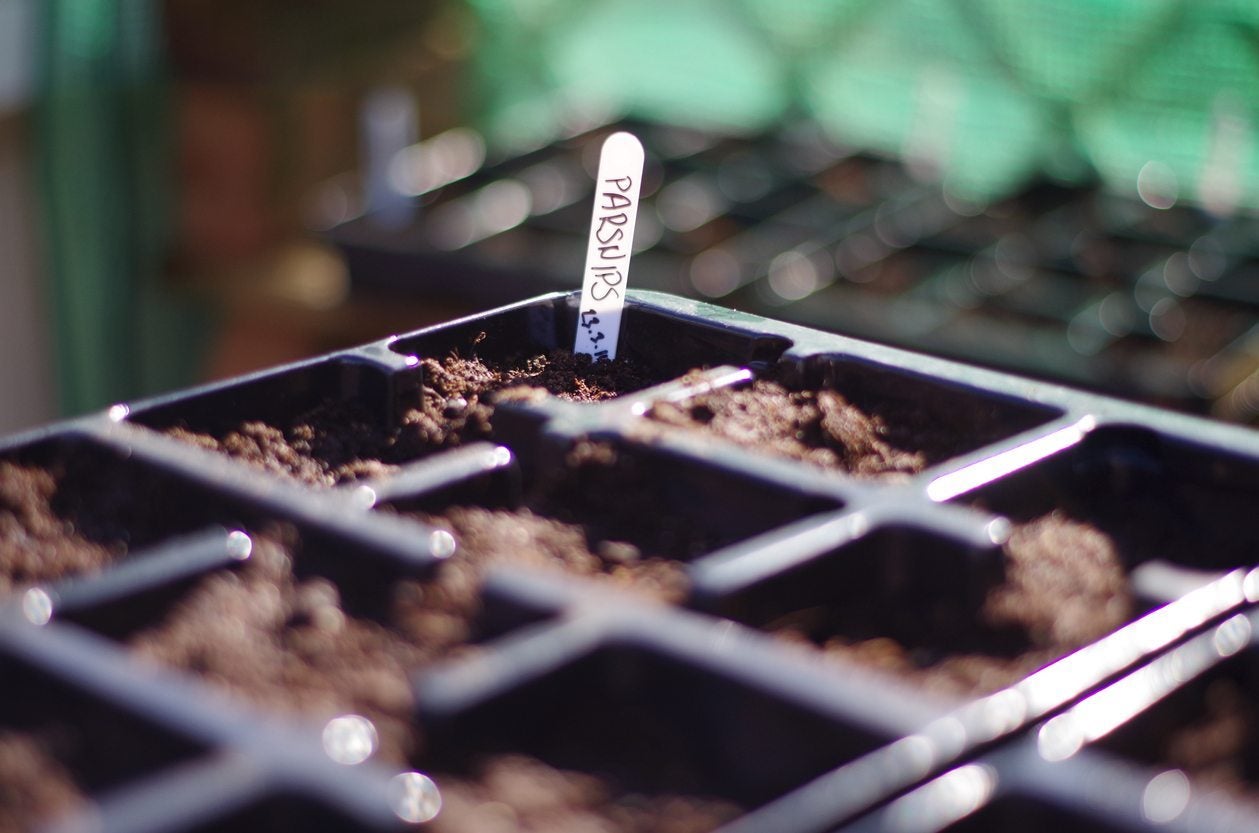 Seed Grown Parsnips: How To Grow Parsnips From Seed
Seed Grown Parsnips: How To Grow Parsnips From SeedIf you?re interested in seed-grown parsnips, give it a try! Growing parsnips from seed isn?t difficult as long as you provide the proper growing conditions. Learn how to grow parsnips from seed with the information found in this article.
By Mary H. Dyer
-
 Parsnip Soil Requirements – Tips For Parsnip Growing Conditions
Parsnip Soil Requirements – Tips For Parsnip Growing ConditionsA hardy root vegetable with a sweet, slightly nutty flavor, parsnips taste even better after the weather turns frosty in autumn. Parsnips aren't difficult to grow, but proper soil preparation makes all the difference. Learn about parsnip soil requirements in this article.
By Mary H. Dyer